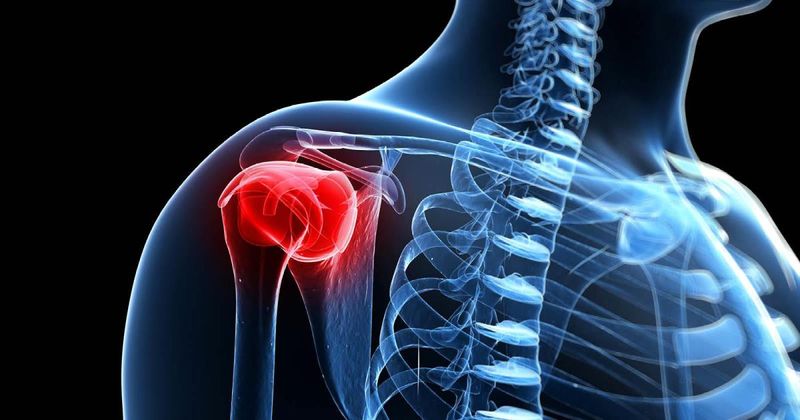Concurrent subacromial decompression, rotator cuff repair may reduce risk of revision
Key takeaways:
- Subacromial decompression with arthroscopic rotator cuff repair yielded a 21% risk reduction for revision compared with repair alone.
- Results were compiled from a study population of 60,000 patients.
SCOTTSDALE, Ariz. — According to presented results, concurrent subacromial decompression with arthroscopic rotator cuff repair may reduce the risk of revision surgery at 2 years.
“Subacromial decompression (SAD) is frequently performed with arthroscopic rotator cuff repair (ARCR). It can relieve tendon impingement and mechanical stress on native tissue,” Brian Forsythe, MD, said in his presentation at the American Shoulder and Elbow Surgeons Annual Meeting. “The purpose of our study was to quantify the change in risk of revision in rotator cuff surgery conferred by SAD with index rotator cuff repair,” he added.

Forsythe and colleagues used the PearlDiver administrative claims database to analyze data on 60,814 patients (mean age of 60 years) who underwent ARCR alone (n = 30,407) or ARCR with concurrent SAD (n = 30,407) between 2015 and 2020 with a minimum follow-up of 2 years. The primary outcome measure was revision surgery, according to the abstract.

Overall, 551 patients (1.8%) who underwent ARCR alone and 437 patients (1.4%) who underwent ARCR with SAD required revision surgery. Forsythe noted ARCR with concurrent SAD yielded a 21% relative risk reduction for revision when compared with ARCR alone.
Risk factors for revision included SAD (adjusted [aOR] = 0.79), Charlson Comorbidity Index (aOR = 1.05), age (aOR = 0.97), male gender (aOR = 0.85), tobacco use (aOR = 1.33) and a complete rotator cuff (aOR = 3.62).
Forsythe concluded ARCR with concurrent SAD may reduce the risk revision surgery for patients with rotator cuff tears.

